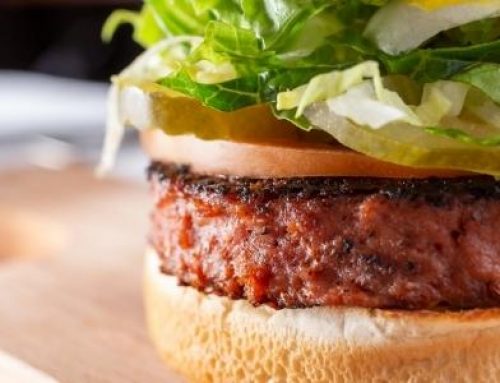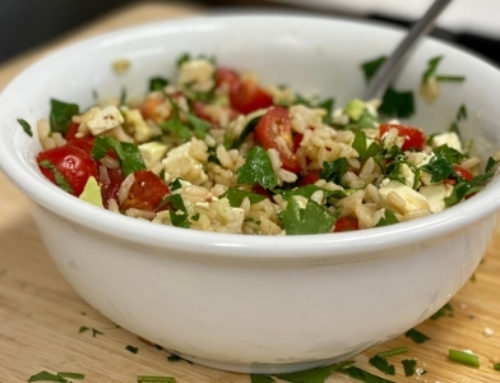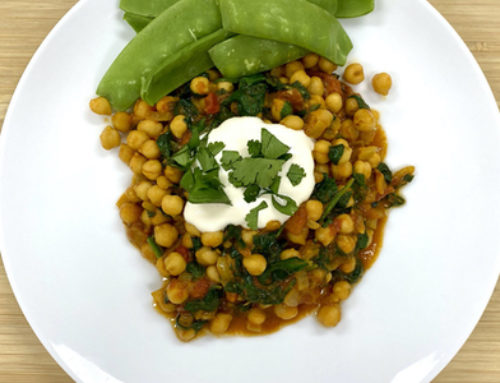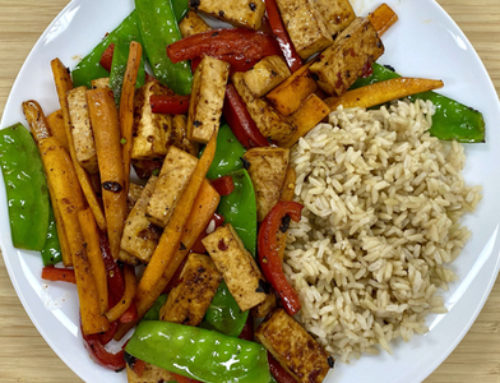
Vegetarian diets & protein – I’m sure those words make many vegetarians roll their eyes. Whether eating a vegetarian diet is something new to you, or something you have been doing for many years, I’m sure scores of people have felt the need to question your ability to consume enough protein! As if its not something you have thought of!
This article is NOT a list of foods you should consume to meet your protein requirements, there are plenty of articles like that online. Instead, we will be looking at the distribution of protein in your diet and why it is particularly important for vegetarian diets. It is worth noting that many of the ideas in this article are also very relevant for people who do eat meat or fish in their diet.
What is protein and why is it important for everyone?
We’ve always been told that protein is important and we should make sure we get plenty of it in our diet, but what it actually does for our body is sometimes misunderstood.
Protein is one of our three main macronutrients (protein, carbohydrates & fat), suggesting that it makes up a significant part of our diet and provides us with energy. Protein is a generic term given to a compound that is made up of long chains of nitrogen-based molecules referred to as amino acids, and each of these amino acids plays a different role in our body. As well as having these jobs which are primarily building, growing and repairing parts of our body – it is well acknowledged that protein is fantastic at making us feel full after eating, which it does by reducing the effect of a chemical that tells our brain that we’re still hungry.
I like to think of proteins as morning peak hour buses, full of people going to work. Every bus is full of a different array of people (amino acids), and each of the people have a specific job to do once they get off the bus and get to work. Within the functions of our body there are twenty amino acids that are used, but of those twenty there are nine that our body is unable to create from remnants of other amino acids – these are referred to as ‘essential amino acids’ as we can only get them in our body by eating foods that contain them. Foods containing an adequate amount of these nine amino acids are referred to as ‘complete proteins’. The other eleven amino acids can be created by our body by using essential amino acids in the food we eat. If we go back to our bus analogy, over a long period of time if there aren’t enough doctors getting on the bus to work and there’s no other way to get there, or anyone else that can do that job – there’s going to be important jobs that aren’t getting done!
Cool, so protein is important but how much should I have? And when?
As mentioned above, every person needs protein in their diet to ensure that many jobs in our body are able to get done, but how much you need varies quite significantly and is largely dependent on your muscle mass and exercise levels. Given that one of the primary functions of protein in the body is to maintain, repair and grow our muscles it is unsurprising that having more muscle means you need more protein in your diet.
As such dietary protein quantities are expressed as a “per kilogram of body weight” measurement. The Australian Guide to Healthy Eating suggest the average female should be consuming ~75g of protein per kilogram per day (or ~0.75g/kg/d) and ~0.84g/kg/d for men. This equates to ~50g/d for a 65kg female and ~75g/d for a 90kg male. However, for many active people this isn’t enough to meet their protein needs, and instead we are looking at numbers closer to 1.1-1.4g/kg/d. You should chat to a dietitian at the hub if you are curious about how much protein you should be consuming at an individual level.
When we start to look at when we should be consuming the protein in our diet, it becomes a little more complicated. The way in which our body metabolises and uses protein creates what is called the “full muscle effect”, which in basic terms is the muscle being completely full and unable to take on any additional protein until the most recently ingested quantity has been used. Although there is significant variation between people, it would appear that around 0.4g/kg/meal is the absolute most amount of protein required to saturate the muscle with protein for a male and marginally less than that for a female (1). For a 90kg man, this is around 36g of protein, for reference a medium sized chicken breast contains around 55g of protein. It is worth noting that the average person would have a lower threshold of protein to saturate their muscles. The remainder of the protein that our body is unable to immediately use, is either altered to be able to be used for energy or is processed by our kidneys and removed through urine.
This “full muscle effect” is just one contributing factor as to why we aim for our protein intake to be distributed throughout the day, with the other one being that we aim to spread out foods that help us feel full during the day. In practice, this leads us to trying to increase the number of times during the day in which we consume protein.
So then why does it matter that I’m a vegetarian?
Firstly, to answer a question that many people have – it is absolutely possible to be able to meet your protein requirements with a vegetarian or plant-based diet. However, because many of the notable foods that are considered as ‘complete proteins’ are animal products such as red meat, poultry and fish, it is a little easier for omnivores to meet their protein requirements.
Lacto-ovo vegetarians (eat dairy and eggs) have the added benefit of some products high in protein and are considered complete with regard to the amino acids. When we look at plant-based items, many soy products and some grains such as quinoa are also considered complete proteins, however gram-for-gram the total protein in these foods is considerably lower than most of the animal products. With all of this information in mind, the best strategies for those people who get their protein from non-animal sources are;
- Be sure to diversify the types of foods from which you get your protein, and
- Try to use protein-based products as snacks in between main meals.
By diversifying the types from which you are getting protein, there is more variety in the types of amino acids in our diet and this help maximise our intake of essential amino acids. The increased variety of foods will also bring greater diversity in the types of micronutrients we can get in our diet, which is always a good thing!
Aiming to include protein-based snacks between meals gives us more opportunity to include protein rich foods in our diet. For those people that don’t consume meat, it is likely that the dietary protein in some main meals is comparatively lower than those who do eat meat – in which case, adding protein-based snacks can be that little boost that can be the difference between meeting protein targets and not. These snacks will also help keep us feeling nice and full throughout the day another positive outcome. Some ideas for these types of snacks could be:
- Hummus on rice crackers
- Greek yoghurt
- A handful of nuts
- A frozen berry smoothie (with light milk)
- A boiled egg
To finish with, don’t let anyone tell you that you can’t meet your dietary protein needs with a vegetarian diet – it is absolutely not the case. The only real difference between a vegetarian diet and a meat-eating diet, is that those who eat meat will easily meet their protein targets because of how protein heavy animal products are, whereas those eating a vegetarian diet may need to be a little more strategic to ensure they meet their needs.
References:
- Schoenfeld BJ, Aragon AA. How much protein can the body use in a single meal for muscle-building? Implications for daily protein distribution. Journal of the International Society of Sports Nutrition. 2018 Dec;15(1):10.
If you’d like further help with your nutrition please click below:





